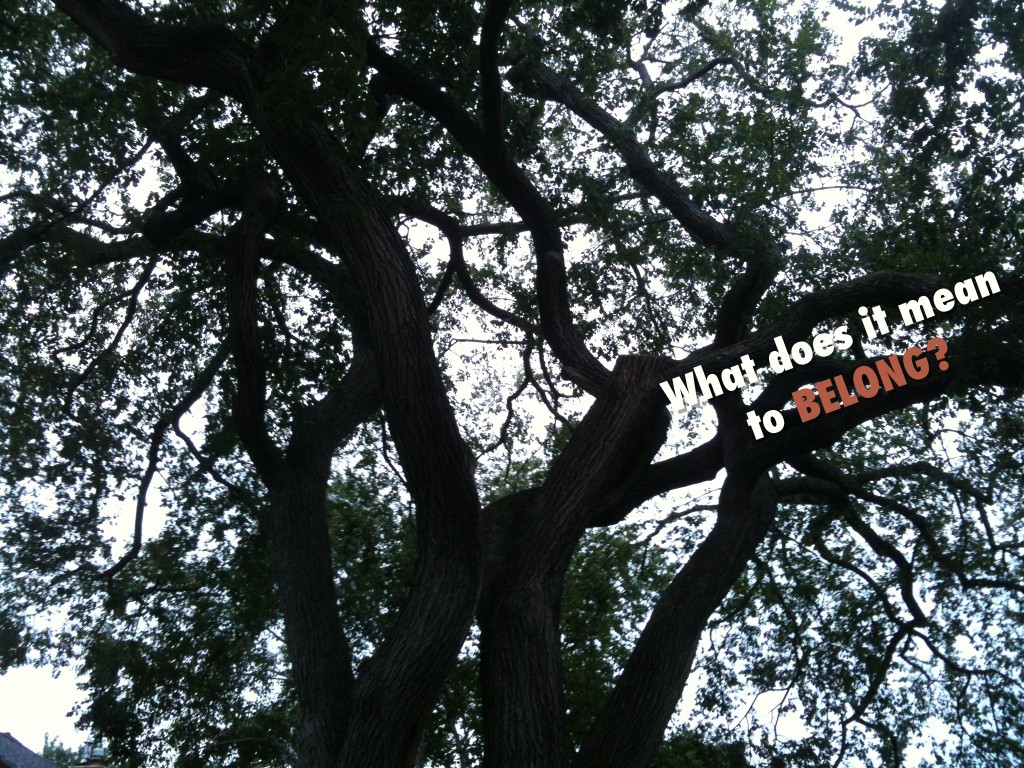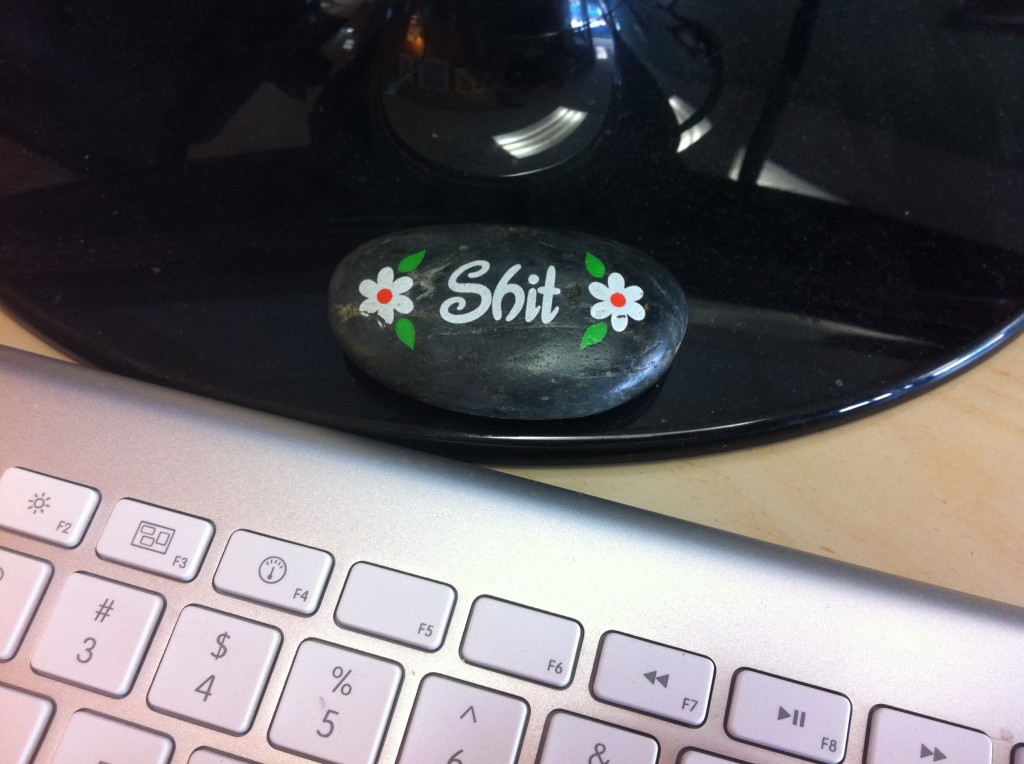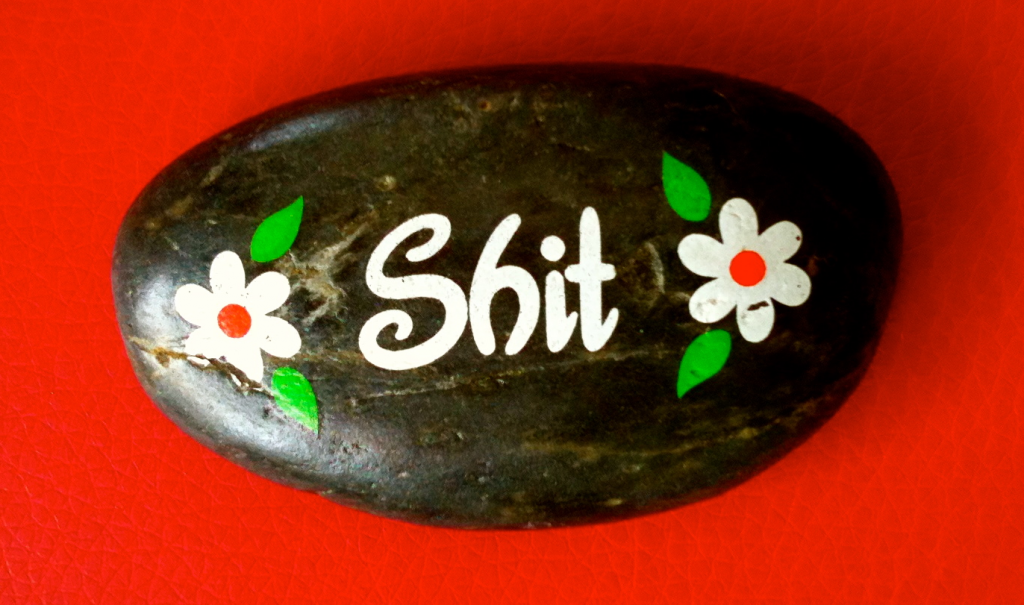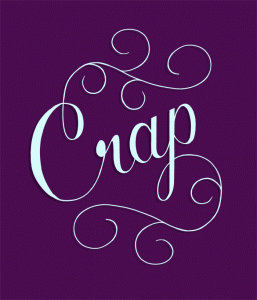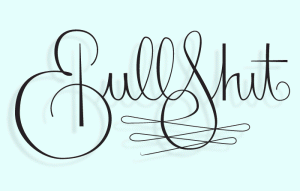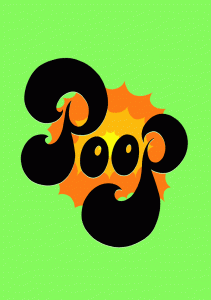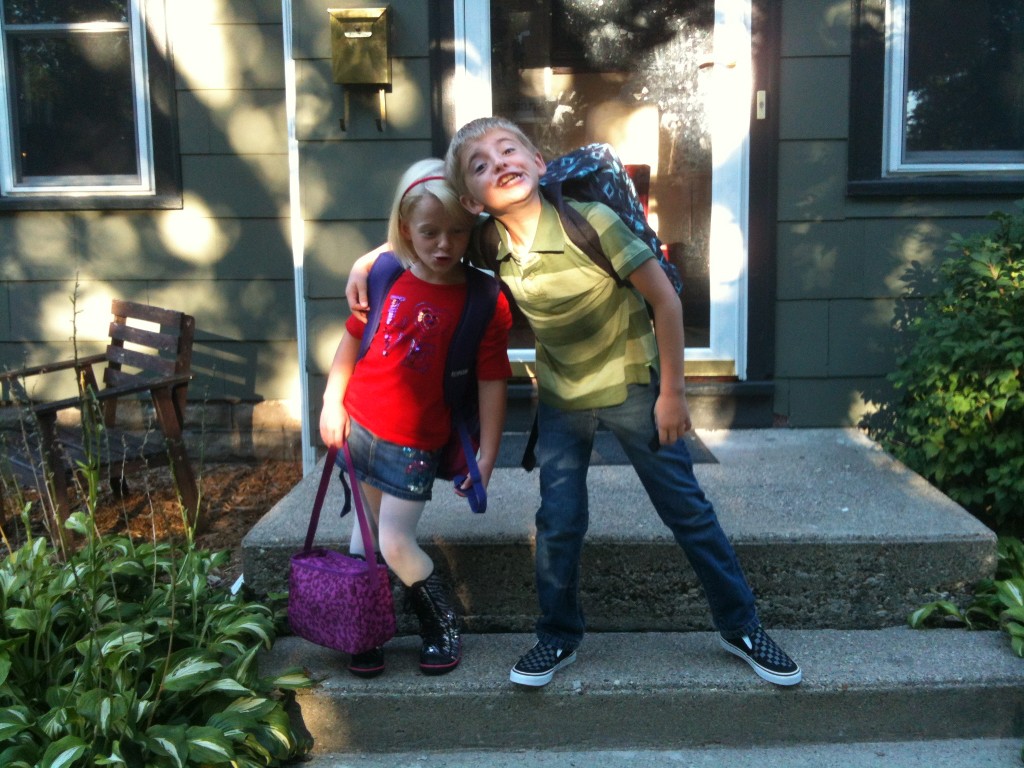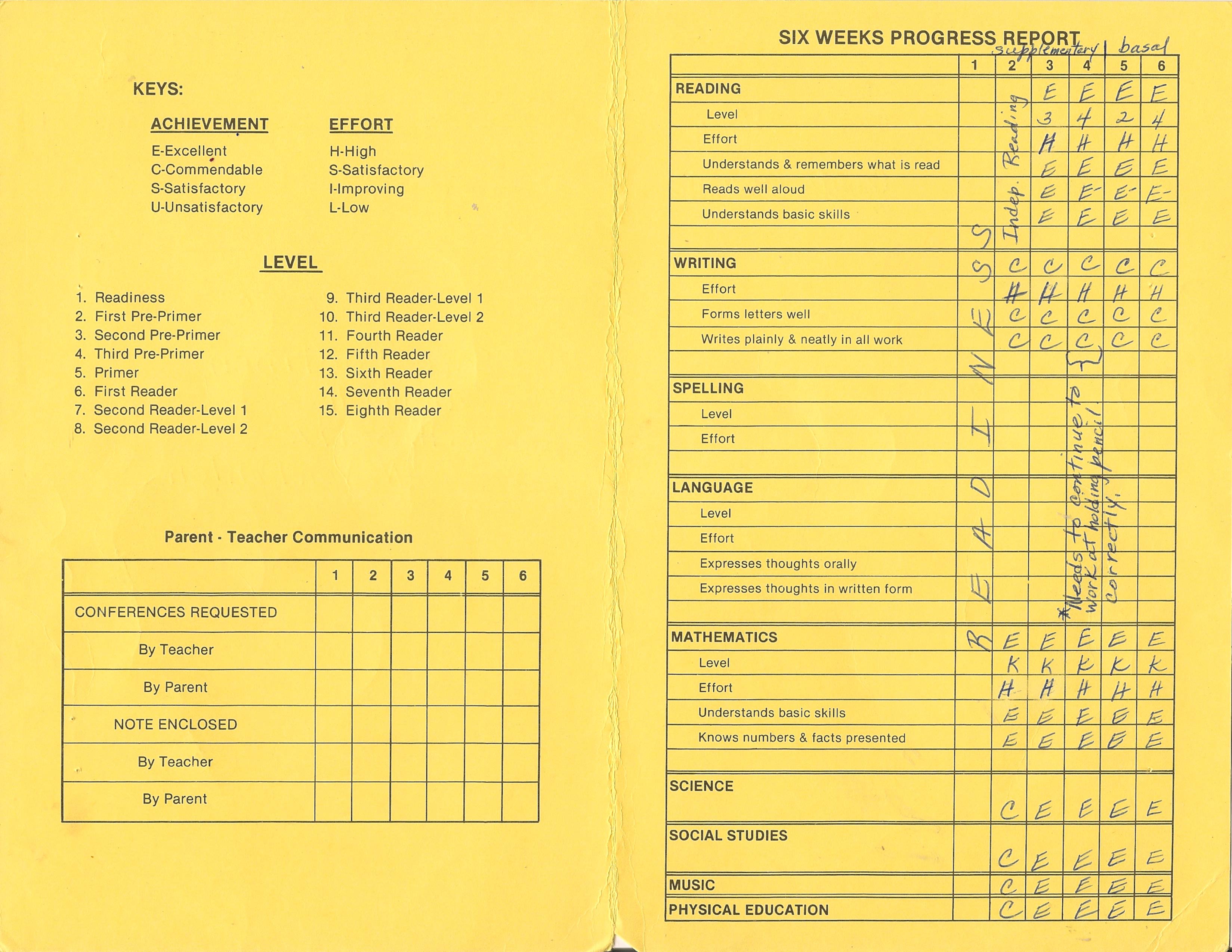Last week, I declared that summer was over. For the past 33 years, since I was 5, the end of summer signaled the beginning of a new school year for me, either as a student or a teacher. But not this year. And I’m relieved.
Instead of spending ridiculous amounts of time prepping syllabi and for class discussions (which was usually enjoyable, but too time-consuming for me), I’m hoping to use this fall to create, experiment, explore practices of feminist pedagogy outside of the academy and reflect on how and why I am currently having a serious crisis of faith in higher/institutionalized education.
I’m also hoping to continue working on a project that involves bringing together various accounts/stories of my experiences making, being in and staying in trouble. Much of these accounts already exist, in various forms, online. Now, I’m trying to figure out the best way to bring them together. Part of this project is the tracing of my intellectual history for the past 16 years (from graduate school and beyond) and how my experiences engaging with feminist and queer theories, inside and outside of academic spaces, has resulted in feeling trouble and troubled in the academy.
One key theme in my intellectual history has been a persistent desire to use the theories and ideas that I was learning to understand, connect, care for/about the world and to heal. This desire was influenced and shaped by my increased exposure in graduate school to feminist thinkers/theorists, like bell hooks, Cynthia Enloe, Dorothy Allison, Patricia Hill Collins, Gloria Anzaldúa, Trinh T. Minh-ha, Judith Butler and Audre Lorde, just to name a few.
But even as I was being exposed to these powerful ideas about using theory to understand/connect/care/heal in graduate school, I was being trained to engage with and express these ideas (and others, especially in philosophy courses) using alienating academic jargon and methods. The “rigor” I was learning made it harder for me to talk to and connect with my family and friends. And, the emphasis placed on being critical (that is, critical as picking apart and always finding fault with ideas and thinkers) made it increasingly difficult to find my own voice and make sense of my own experiences. As I struggled with my university’s emphasis on a narrow sense of rigor and their increasing demands for a particular type of professional development, I looked for ways to engage beside (or outside of/in spite of) my graduate training.
In 2001 I decided to create a video (with a lot of help from STA) about my family’s farm in the upper peninsula of Michigan. I wanted to document my family’s experiences being (visiting, resting, working) at the farm. And I wanted to use theories on identity, belonging, space, and narrative selfhood that I was wrestling with in my feminist theory classes to make sense of and/or trouble those experiences. I was hoping that my documentary would enable me to share some of what I was doing in my PhD program with my family and would help me to make sense of my own conflicting feelings about belonging, heritage and identity.
I loved creating this documentary. So much so that STA and I created another the following year. These two videos are the most important intellectual projects that came out of my years as a PhD student. While hardly anyone will read my dissertation or remember what it was about—even though I liked writing it, I have trouble remember it’s title, generations of family members will be able to watch the farm films and learn about the farm (sold in 2004) and hear my mom’s stories (died in 2009). The importance of these films, especially the second one which was dedicated to my mom, became even more evident as my mom was dying and after her death. People who hadn’t met her before her illness (like her hospice social worker) could/can watch the video and bear witness to her feisty spirit and passion for storytelling.
Documenting the farm has been on my mind a lot lately. This past month, I created a series of digital stories about my dad’s experiences living and working on the farm. And this fall, I’m hoping to create another series of stories in which I reflect on my disconnection with the farm (since it was sold) and my family (since my mom died).
As I experiment with how to document (on this blog and in digital story form) my relationship to the Puotinen family farm and it’s relevance to my intellectual history, I thought I’d try to post a few related documents from my past. The following two documents speak to my efforts to take the highly personal work of my film projects and make it “appropriate” for academic audiences by grounding it in academic ideas, theories and methods.
Shortly (as in just days) before my mom was diagnosed with pancreatic cancer, my sister and I did a presentation at the Feminism (s) and Rhetoric (s) Conference in Houghton, Michigan on the importance of space and place. Since Houghton was where I was born and was only 70 miles north of our family farm, it seemed like a great opportunity to screen parts of my film and reflect on them with my sister. Here’s an excerpt from the call for papers for that conference:
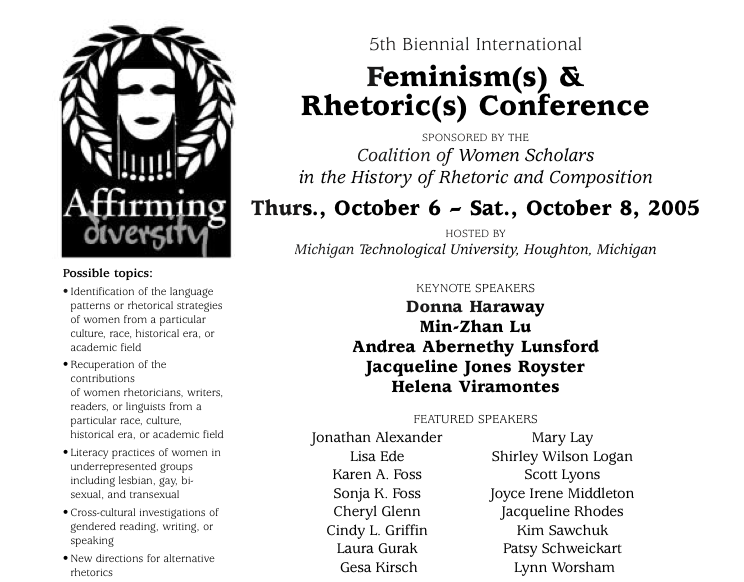
And here’s a draft of my abstract (I haven’t been able to find my outline for the actual conference yet):
TITLE: Losing the Farm. Two Sisters Reflect on the Value of Space
Drawing upon a wide range of theorists, including bell hooks, Trinh T. Minh-ha and Cathy Caruth, two sisters reflect on the value of physical space and the impact of its loss on representations, constructions and understandings of identity. This session will be divided into two sections. In the first section, Sara L. Puotinen will show extended clips from her two documentaries on the Puotinen family farmstead located on eighty acres of land in Amasa in the Upper Peninsula of Michigan. These two documentaries represent the filmmaker’s attempt to explore the stories of the farmstead—its land, buildings and past and present inhabitants—and how those stories have shaped her understandings of self, family and heritage.
In the second section, the filmmaker’s sister, Anne Puotinen, will briefly respond to the films. In addition to critically reflecting on how these films communicate the importance of the farm for the Puotinen family and its individual members, she will discuss how the recent loss of the farm—it was sold in November 2004—affects understandings of physical space in relation to memory and belonging.
In addition to serving as an example of how I tried to connect my own experiences and struggles with identity to my academic theories on self/identity/belonging/space, this document stands as the last project that I completed before my mom was diagnosed. It was also just a few months before I completed my dissertation and earned my PhD. Hmm….I’m thinking a lot about the split between before diagnosis/PhD and after. How big does the split figure into my intellectual history? Is it a split? I want to think about that some more…

